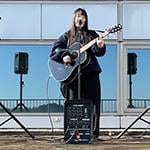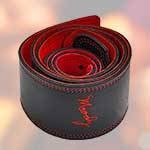Effects pedal noise... Can’t we do something about it?
Here’s the reason why it happens, even when you don’t know why.
Everyone loves effects pedals.
You probably own at least one.
Some people even have a pedalboard so packed with pedals that it could cover a whole tatami mat.
If you’re only using one, you might run it on batteries occasionally. But as the number of pedals increases, the cost of batteries becomes a burden, and eventually, you’ll turn to a power supply.
Now, here’s a shocking fact for you:
Up until about 35 years ago, BOSS was the only brand that had pedals producing noise when using an adapter or power supply!!
“What? What are you talking about?”
You might think that, but there’s a reason for it. The earliest BOSS compact effects pedals, such as the OD-1 and CS-1, required a special adapter called the ACA-100. Later compact pedals started using the PSA-100 instead.
Both were 9V, and the DC jack shape was the same... so naturally, you’d assume they were interchangeable.
I wasn’t the only one who plugged a PSA-100 into an OD-1 and thought, “Huh? The indicator light looks dim... and the sound feels weak.”
There’s a reason behind this—but if you’re curious, just Google it. You’ll find plenty of explanations.
About 35 years ago, many brands made AC adapters, and the standard was 9V 200mA across the board.
BOSS’s PSA-100, Maxon, Ibanez, and even Guyatone followed the same standard.
Why?
Because most compact pedals at the time didn’t require more than 100mA, and the size limitations of transformers meant that 200mA was the maximum practical output.
Inside these adapters, the setup was simple: A bare transformer, a tiny circuit board about 1cm square, four 1N4007 diodes, a 2200uF electrolytic capacitor, and a 7809 three-terminal regulator—all crammed into a small case.
However, within a few years, the standard for adapter output changed dramatically.
Not only did the output increase, but the size and price of adapters changed as well.
Yes! The switching adapter had arrived.
Compared to conventional adapters, it was smaller, capable of handling more current, and cheaper—everything you could ask for!
If you’re powering household electronics, you’d naturally choose a switching adapter.
However, things aren’t always perfect.
And in this case... something started appearing. It doesn’t matter how many protective charms you place or how much you pray—it won’t go away.
That’s right, noise. Specifically, switching noise.
When power supply manufacturers prioritize convenience and use switching adapters as the main source, about 80% of them produce noise unless they are exceptionally well-designed.
Furthermore, some pedals are more sensitive to noise than others, making compatibility an issue.
This was never a problem with traditional transformer-based adapters.
One of my past projects (which is currently on hold) involved designing a DC servo power supply, and of course, it used a transformer.
Even the legendary Noah’s Ark AC/DC-1, a large power supply widely used by professionals, had a transformer inside.
Today, most major-brand power supplies simply distribute the output of a switching adapter.
They don’t do anything special to eliminate noise.
‘Regulated’ does not mean noise-free! Be careful not to misunderstand this.
Ironically, with modern compact, high-capacity, and affordable power supplies, we’ve also inherited stubborn, persistent switching noise.
Older adapters and power supplies didn’t have noise issues, but they had limited output and were bulky.
So, which one would you choose?
In my next post, I’ll be testing whether my DC servo power supply circuit can actually eliminate switching noise.
Stay tuned!






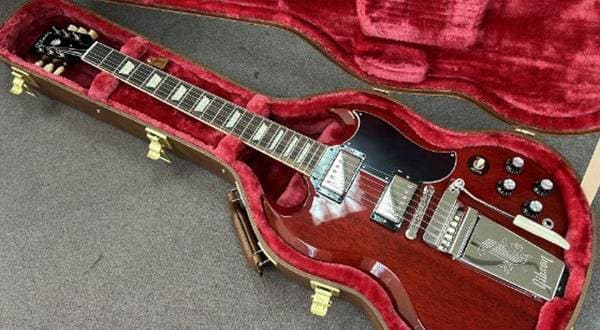
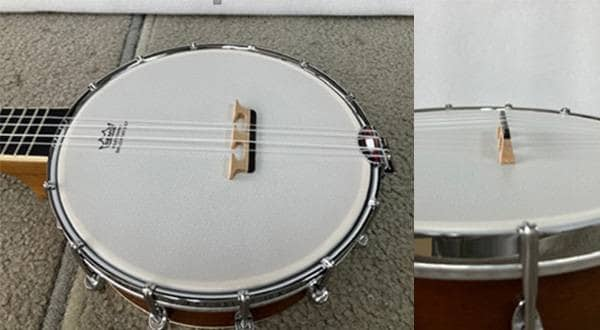

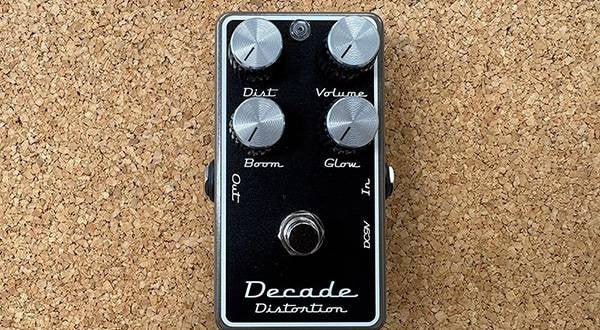
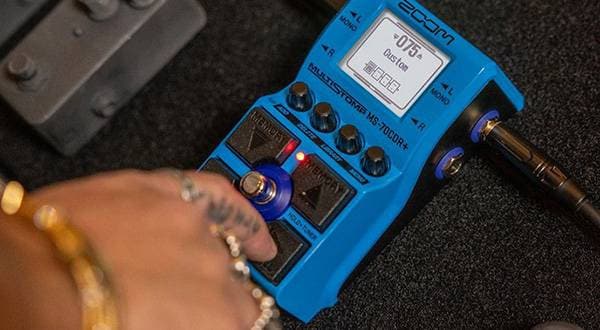
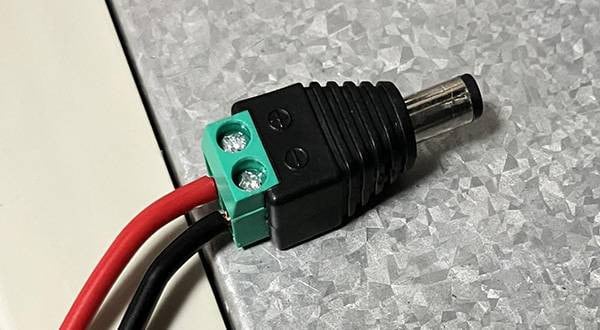
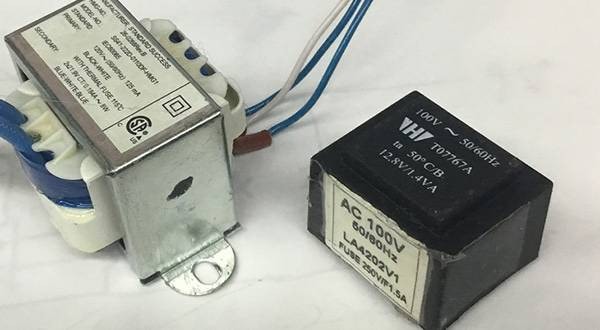
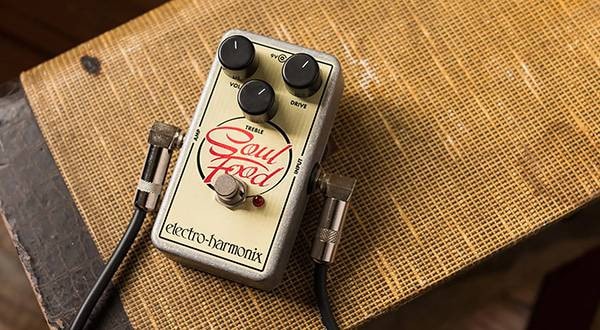
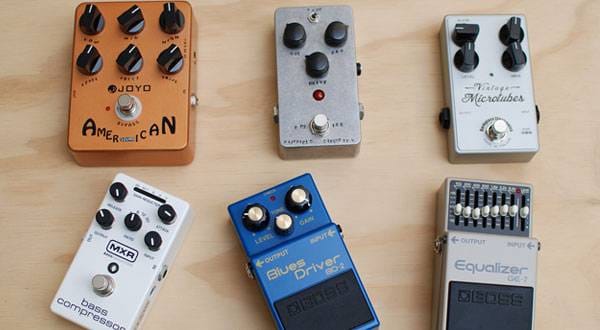
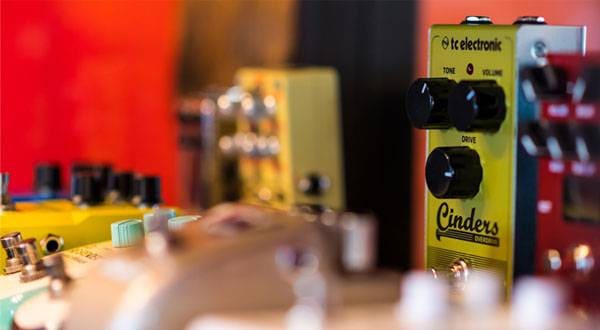

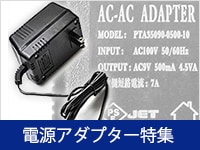 電源アダプター特集
電源アダプター特集
 【初心者向け】エフェクター講座
【初心者向け】エフェクター講座
 あなたのエフェクターボード見せてください
あなたのエフェクターボード見せてください
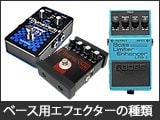 ベース用エフェクターの種類
ベース用エフェクターの種類
 エフェクターのつなぎ方
エフェクターのつなぎ方
 エフェクターの種類
エフェクターの種類
